10 Best Museums in Budapest Hungary
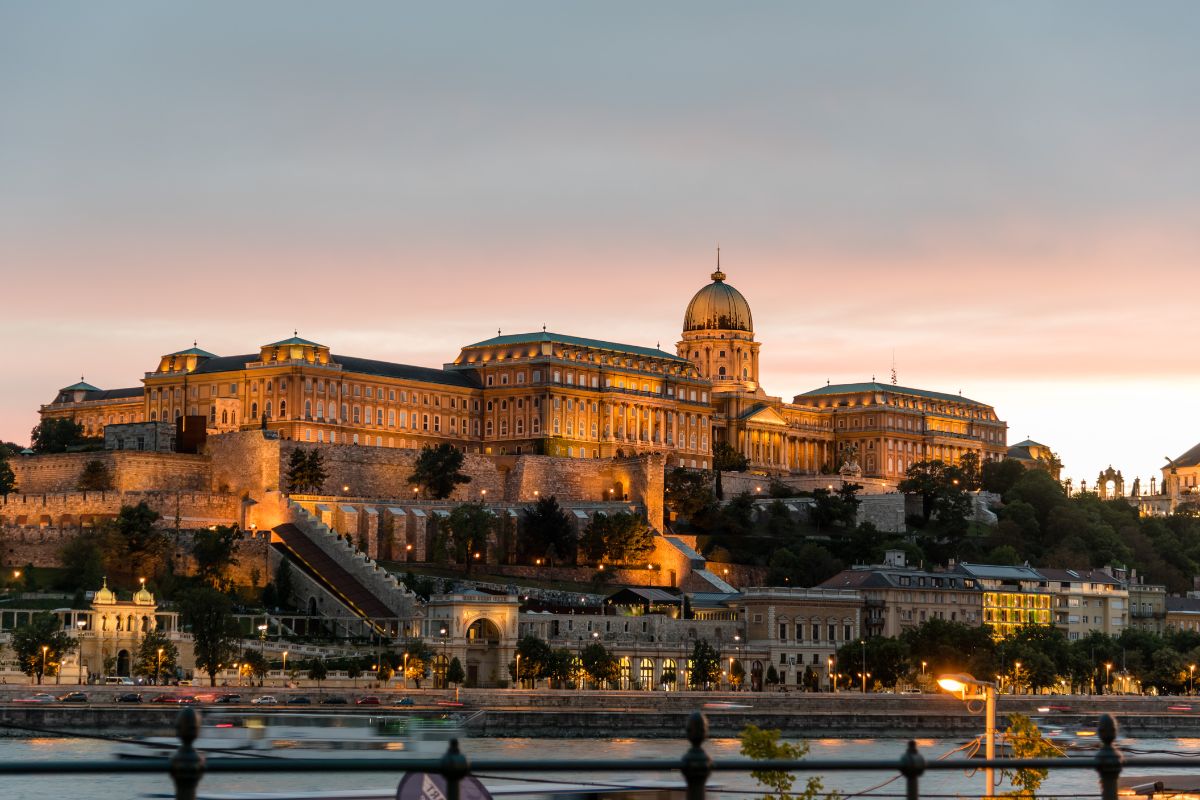
Hungary’s beautiful capital, Budapest, boasts a rich selection of amazing museums. Many museums located in various areas of the city are showcasing different topics throughout history. But what are the best museums in Budapest Hungary? For one, we must mention beforehand the Hungarian National Museum Budapest Hungary, or the House of Terror. Whether you wander around the city centre or the suburbs, there is something for everyone’s interest for sure. The Military History Museum in downtown Budapest closed its doors in the spring of 2023 and moved its exhibition to Székesfehérvár, while the archives and library remained in Buda Castle. In addition, there are exhibitions in several specialised institutions. The exhibitions are remarkable not only from a historical point of view but also in terms of fine art.
10 best museums in Budapest Hungary
The list of museums in Budapest is very long, so we have tried to pick out the most important and interesting ones you shouldn’t miss while staying in the capital. The beautiful museum buildings hide fascinating content, which can be a great experience for everyone, whatever their historical interests. We strongly recommend including in your list the House of Terror Museum Budapest Hungary and the Museum of Applied Arts Budapest.
In addition to the best art museums in Budapest, classic exhibitions, and guided tours, occasional interactive museums enrich Budapest’s cultural life as well. There are entrance fees, even for a specific exhibition, but there are also free museums in the city. Before we go any further, if culture is your focus, read our article on Budapest theatres too! But for now, stay tuned for our selection of the most important museums in the Hungarian capital.
1. Hungarian National Museum
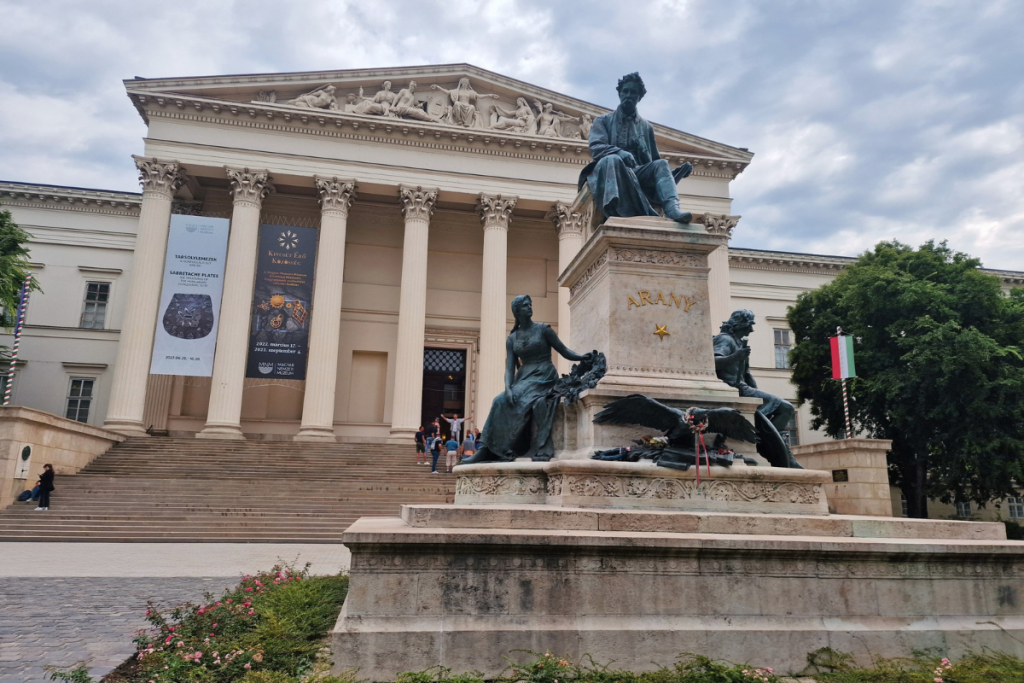
Donating his precious collection on 25 November 1802 allowed Count Ferenc Széchenyi to found the Budapest Museum. In the founding letter of the new institution, they also used the names National Library, National Museum, and National Museum. Printed books, manuscripts, maps, coins, coats of arms, and many other antiquities were brought to the Pauline monastery in Pest back then.
After several years of hard work by the librarian Ferdinand Miller Jakab, in 1808, the Parliament decided to establish the Hungarian National Museum in Budapest Hungary. The first director was the library’s guardian himself. In 1813, they bought the museum’s site from the Battyhány family to make room for the many precious objects. Between 1837 and 1847, the museum was built according to the design of the architect Mihály Pollack.
Initially, a natural history department and a collections library were set up next to the library. The growing collections made it necessary to create specialized museums. The separation of the national collection led to the creation of the Museum of Applied Arts in 1872 and the Museum of Fine Arts in 1896. In 1949 the Ethnographic and Natural History Museums were separated, and the Széchényi Library became independent.
In 1960, the Museum took over the professional management of several provincial institutions, thus becoming of national importance. Initially, these included the King Matthias Museum in Visegrád, the Rákóczi Museum in Sárospatak the Kossuth Museum in Monok, and later the Castle Museum in Esztergom. New branches were added in 2012.
Nowadays
The bare courtyard around the imposing palace at 14-16 Museum Boulevard in Budapest was remodeled in the 1850s. The first trees were planted in 1855, and the Museum Garden was given its final appearance in 1880. The ‘Muzi’ became both a venue for great events and a recreation park for everyday life. Since 1996, every May, the “Múzeumok Majálisa” (May of Museums) has been held here, which is a meeting of museums from home and abroad.
There are permanent exhibitions in the building. In addition, various temporary exhibitions are also open. If you are interested, there are also virtual exhibitions that you can follow on the museum’s official website.
The museum is located in the Palace district in the center of Pest. It is located at 14-16 Múzeum körút and is easily accessible by public transport. There is a metro station at Kálvin tér, which is a few minutes away by walk. There are also various tram and bus stops in the immediate vicinity. You are also welcome to use the cycle path. It is definitely one of the best museums in Budapest Hungary, so if you have the chance, make sure to visit it!
2. Museum of Fine Arts
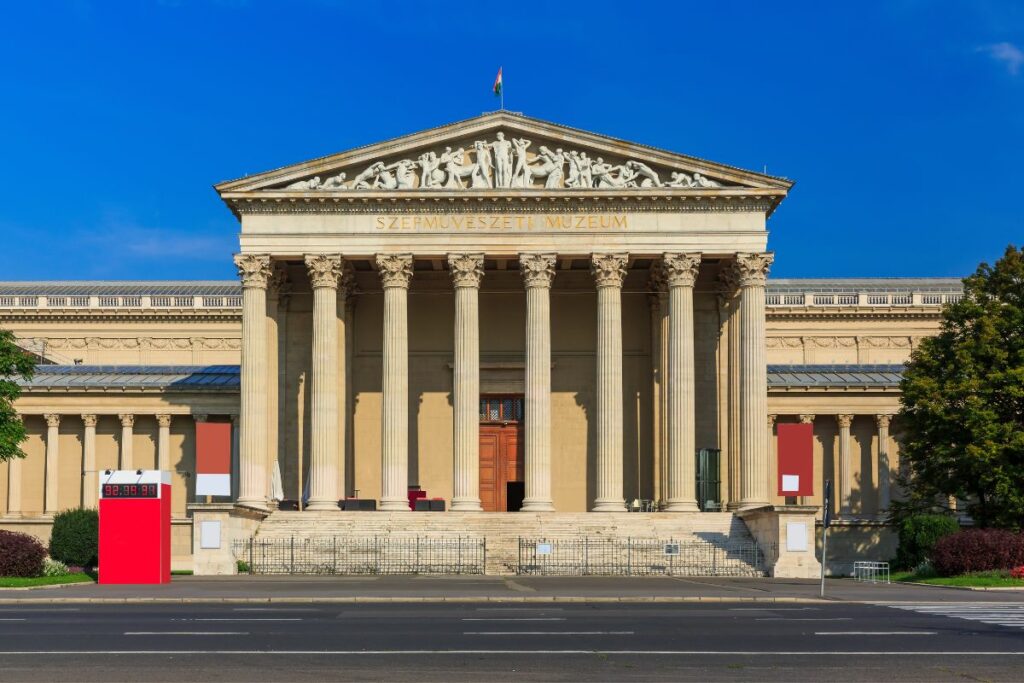
Another example of the best art museums in Budapest is the Museum of Fine Arts. It is one of the main attractions of Budapest and one of the most important museums in Europe. It was opened in 1906 and since then it has been exhibiting universal and Hungarian art from antiquity to the end of the 18th century. During the modernisation of the institution, its exhibitions were also renewed and the number of works of art now exceeds 20,000.
The Budapest Museum of Fine Arts attracts hundreds of thousands of visitors with its magnificent collection and large-scale exhibitions. In addition to the Romanesque, Renaissance and Baroque halls, several exhibitions are on permanent display.
The building of the Museum of Fine Arts is located at 41 Dózsa György Street, the main entrance opens onto Heroes’ Square (Hősök tere), which can be reached by the small subway. It is a one to two minute walk to various trolleybus and bus stops. For cyclists, there is a bicycle storage area next to the main entrance staircase. Also, free parking for two hours in the Museum’s underground car park is available for visitors arriving by motorbikes.
3. House of Terror / Museum of Terror
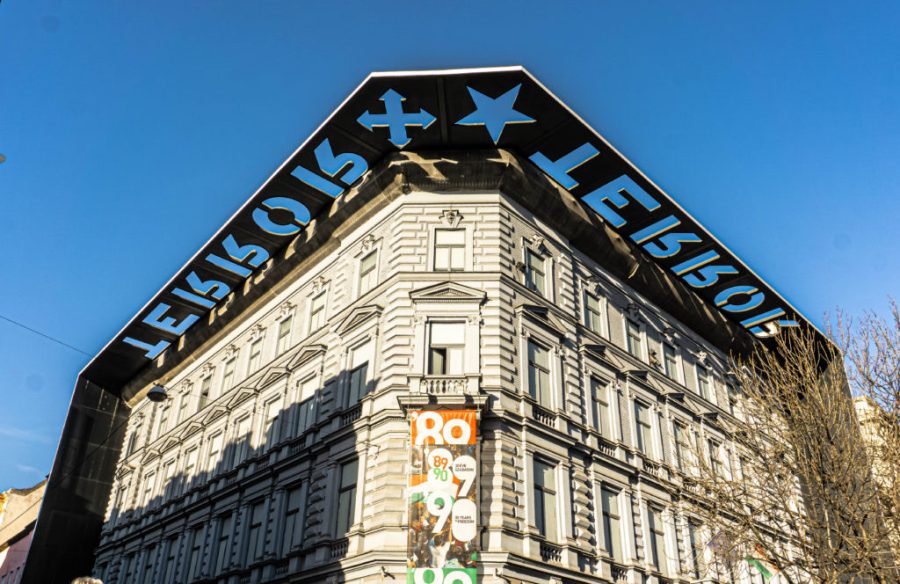
There are a good number of special museums in Budapest. The House of Terror Museum Budapest Hungary opened its doors to hundreds of thousands of Hungarians in February 2002. The building of this unique institution, which presents the wounds of Hungarian history, has become a monument. It was one of the headquarters of the Arrow Cross in 1944 and was also the base for Hungarian communists fighting alongside Soviet tanks in 1945.
This museum of Terror Budapest houses permanent exhibitions on four floors. The second floor is dedicated to the terrors of the 20th century, the first to the collective persecution after the Second World War. There is no exhibition on the ground floor, but the furnishings fit the concept. As you get to the basement, in the elevator various method of execution is shown on film, and then the cells of the basement, partly reconstructed, reveal the fatal human reality.
The building of this outstanding Budapest museum is located at 60 Andrássy Avenue. The museum and memorial to the political victims can be reached by the Millennium Underground, walking from the Vörösmarty Street stop, or by tram to the Oktogon stop and then walking a few minutes. Group visits require prior booking. Guided tours are also available.
4. Transportation Museum
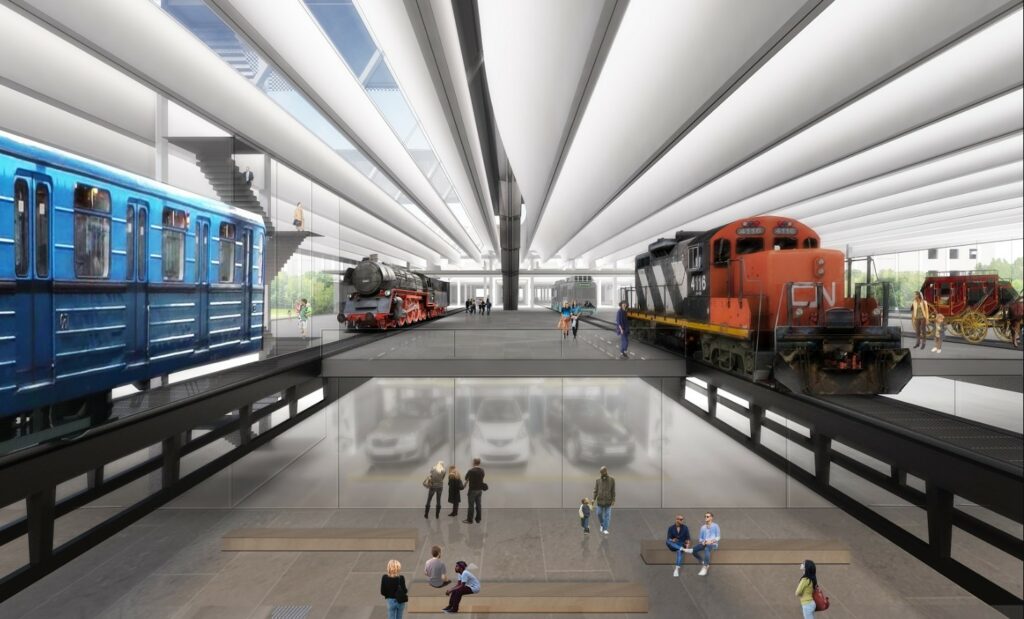
The Transportation Museum is one of the oldest technical museums and also one of the best museums in Budapest Hungary. Its collection and exhibitions are internationally renowned. On 1 January 2009, the Hungarian Museum of Transportation and Technology was merged with the National Museum of Technology to form the Hungarian Museum of Science, Technology and Transport.
Educational programmes are also organised in this institution for children. As one of the oldest museums of technology and transport history in Europe, this museum currently has several parts: the Abraham Granz Foundry Collection, the Electrotechnical Collection, the Technical Study Library, the Aluminium Industry Museum, the Metallurgy Collection and the Chemical Museum.
In December 2017, the Government decided to move the Transportation Museum to a new location. The decision was taken to build a new building on the site of the former Northern Vehicle Repair Station. The new location is on Rákóczi Street.
5. Military History Museum
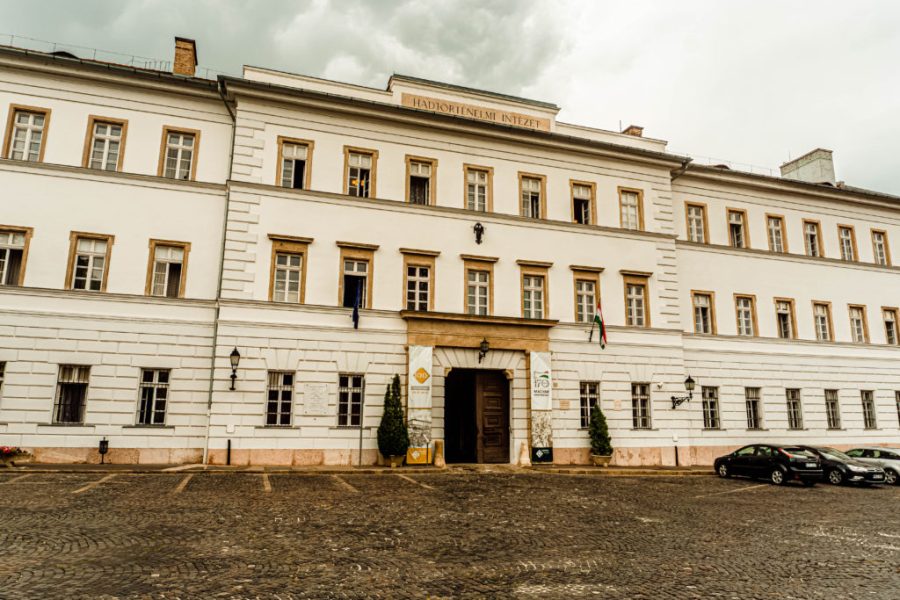
The Military History Museum was a prominent institution in Budapest, which was reorganised in the spring of 2023. In its former building on Kapisztrán Square, the institution ceased to operate as of 1 May 2023, and became home to some departments of the Ministry of Defence. The Military Archives and Military History Library continued to be open in Buda Castle to researchers.
In 2024, the Institute and Museum of Military History opened the precursor to its new exhibition, Our War Past, which was held in Székesfehérvár, on the ground floor of the Royal Szent István Museum, in five rooms. The exhibition, billed as a real military history curiosity, presented around 150 artefacts.
The partly interactive museum in the centre of Budapest is still open to the public. Housed in the famous building in the city center, the Bálna, in addition to presenting the high-tech equipment and military everyday life of the Hungarian Defence Forces in the 21st century, the museum places great emphasis on promoting the cause of defence through modern museology.
6. Hungarian National Gallery
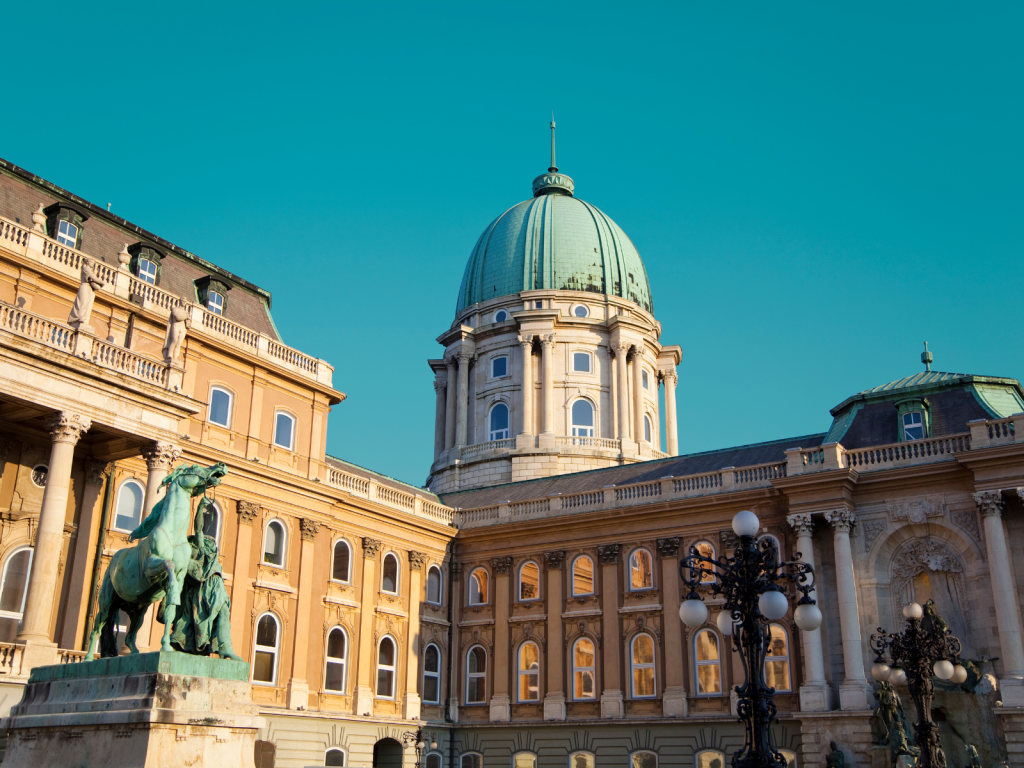
The public collection of the Hungarian National Gallery documents the development and evolution of fine art in Hungary. The collection ranges from the foundation of the state to the present day, from the earliest Hungarian monuments to contemporary art. It is also a free museum among Budapest’s institutions on national holidays, when free admission also applies to temporary exhibitions.
In addition to some temporary exhibitions, the Hungarian National Gallery offers several permanent exhibitions. If you are looking for the best art museums in Budapest, make sure to check out the National Gallery. The National Gallery’s beautiful collections can be admired in Buda Castle, located on Szent György Square 2.
You can reach it on foot from Dísz Square, where you will find a bus stop. From Clark Ádám Square, before the Chain Bridge, you can also take the Sikló, but you can also get to the Palace level via the Várkert Bazaar or from Dózsa György Square by the Tabáni lifts. From its highest point, the Gallery dome, you can enjoy a beautiful panorama of the city.
7. Natural History Museum
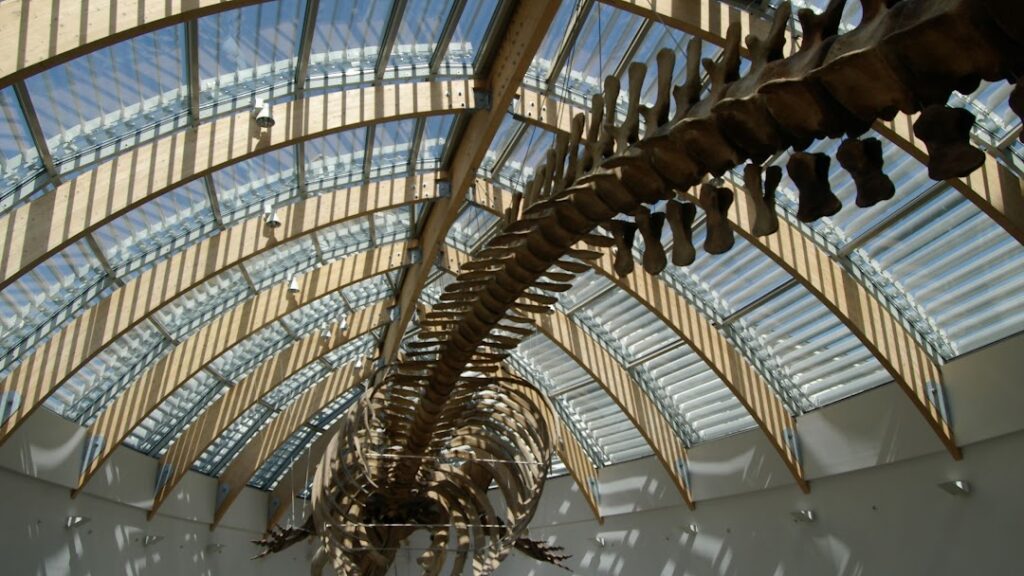
Another example of the best museums in Budapest Hungary is the Natural History Museum. As the previously mentioned museum collection donated by Count Ferenc Széchényi grew, Budapest became a museum hotspot. The mineral collection of the Count’s wife laid the foundation for the natural history section, and over the decades this collection grew to such an extent that a separate institution had to be established. It was moved to its first independent building in 1996.
The Natural History Museum Budapest contributes to events with many temporary exhibitions, but also permanent exhibitions can be visited here. For example, the Diverse Lives – Exploring the Landscapes of Hungary, Lost Worlds – The Age of Dinosaurs in Hungary, Secrets Underground – Minerals, Meteorites, Gems, The Amazing Fauna of Coral Reefs, The Time Trail, and the skeleton of the whale with a groove at the main entrance.
The exhibition building is located in Józsefváros, in the former Ludovika Military Academy building complex, at Ludovika Square 2-6. The institution is mainly accessible on foot. You can get there by metro to the Klinikák or Nagyvárad Square stop, or by tram to Nagyvárad Square. A new feature of the Hungarian Museum of Natural History is the two escape rooms with objects from the collection set in an authentic environment.
8. Museum of Illusions
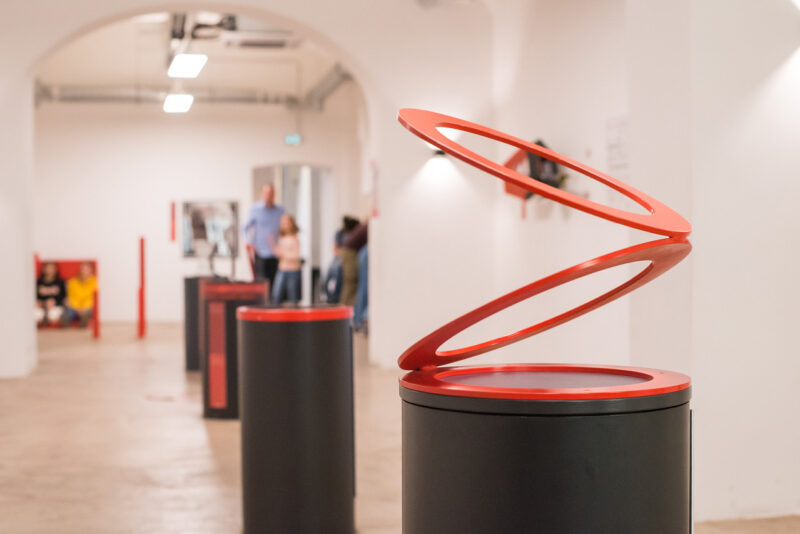
When it comes to your list of Budapest museums, you should definitely make time for the Museum of Illusions, which offers guaranteed fun for all ages. This museum is one of the most exciting things to do with children in Budapest. The game room offers exciting and developmental games and logic puzzles to both keep young and old entertained.
You can go through different rooms. These are the Ames Room, Inverted Room, Infinite Room, Antigravity Room, Vortex Tunnel, Beuchet Chair Illusion, Bottomless Depth, True Mirror, Stereogram, Kaleidoscope, Clone Table, Head on a Tray, Ruby Vase, Concave Face Illusion, Record Player, Ambiguous Cylinder, Tricky Stick, Optical Illusions, and Holograms.
Several rooms sound interesting, right? So make sure to visit as many as you can. The Museum of Illusions is located in the centre of Budapest, at 3 Bajcsy-Zsilinszky Street. It is only a few minutes’ walk from the Deák Ferenc Square and Bajcsy-Zsilinszky Street metro stops. Nearby tram and bus stops are also available if public transport is your only option.
9. Memento Park
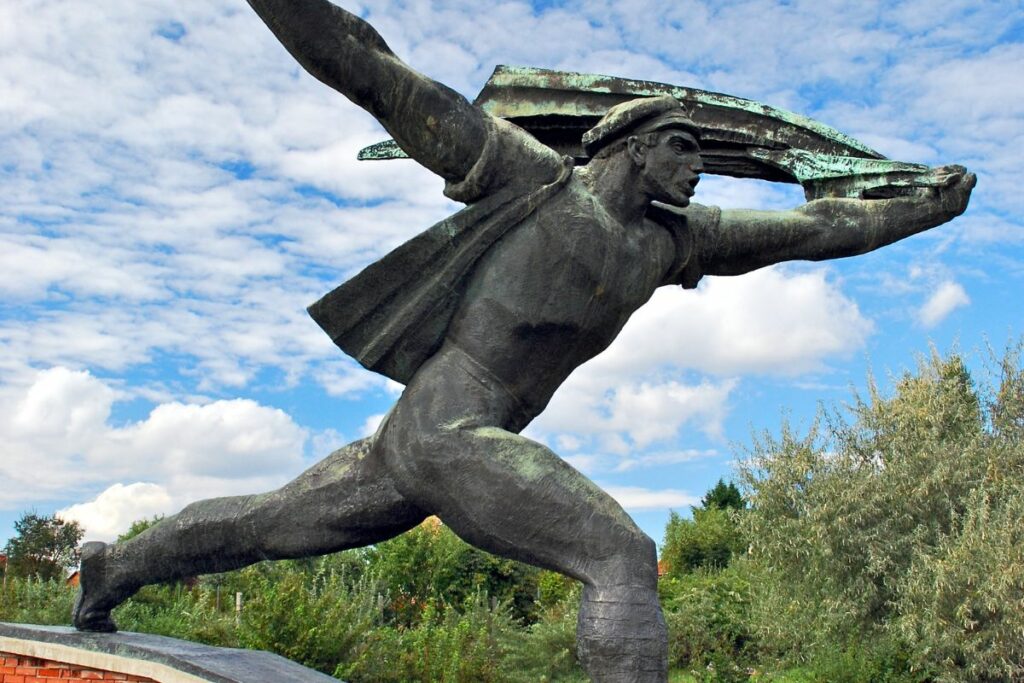
We still got some examples of the best museums in Budapest Hungary. The Memento Park for instance showcases the spirit and statues of the communist dictatorship. It is the first institution in Central Europe to specifically depict a dictatorship and its fall. The Park opened on the Tétényi Plateau, donated by the XXII district, on 27 June 1993, the second anniversary of the departure of Soviet troops from Hungary.
The Sculpture Park Museum offers something for all ages with 41 sculptures and monuments. In the Barracks Cinema you can look behind the scenes. The Photography Exhibition recalls historical events, and the Bunker’s Warehouse Exhibition includes the world’s only “Child Lenin” bust. The Stalin Tribune and Waving Balcony is a perfect replica of the tribune that once stood on the parade ground.
Located at the corner of Balatoni Street and Szabadkai Street, it is also accessible by public transport to the Memento Park bus stop. The facility offers the opportunity to experience the Trabant experience, which helps you to get a feel of the real atmosphere of the “existing socialism”. You can also arrive at the Memento Park in an original Trabant car dating back to several decades.
10. Museum of Applied Arts
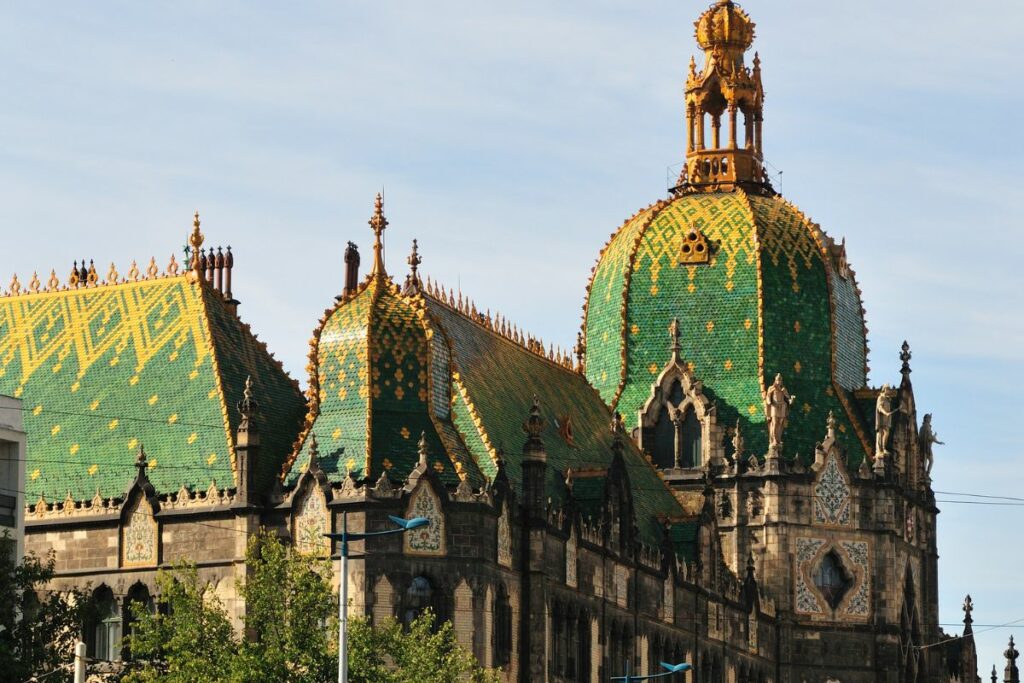
We got to the end of our list of the best museums in Budapest. The Museum of Applied Arts Budapest was founded in 1872, with a rich collection of Hungarian and universal, old, and contemporary works. The museum building, which can still be seen today, has housed around 100,000 works of art since 1896. Today, the main thrust of the collection’s growth is the contemporary Hungarian works collection.
The Art Nouveau collection presents the most important pieces of this artistic movement. Colored Glasses in Black and White displays Art Nouveau glass windows in archival photographs. Minivarage in the projection room presents Art Nouveau paintings and letters on ex libris. In the Circulation exhibition series, contemporary designers create new objects inspired by the museum’s collection.
On the official website, you can visit the museum from home through a virtual tour of the Ráth György Villa. In real life, the museum is located at 12 Városligeti fasor. It can be reached by metro from the Ferenc körút stop, but you can also get there by tram or bus, and there is a bus stop a few minutes walk away.
Wrapping up the best museums in Budapest Hungary
There are plenty of options to choose from, just think of the Museum of Terror Budapest or the National Gallery. Keep in mind that all these museums are free on national holidays. We hope you have found some exciting museums on our list that you will visit the next time you are in Budapest! Or have you already made up your bucket list for visiting the best museums in Budapest?
Want to see these museums with some company? There is group admission at all institutions. You can even take your family to many of the museums mentioned above, as there are museums for children in easily accessible areas in the city. It never hurts to have a little cultural fun, and museums can be a great way to spend quality time with your loved ones.
Pin it: best museums in Budapest Hungary
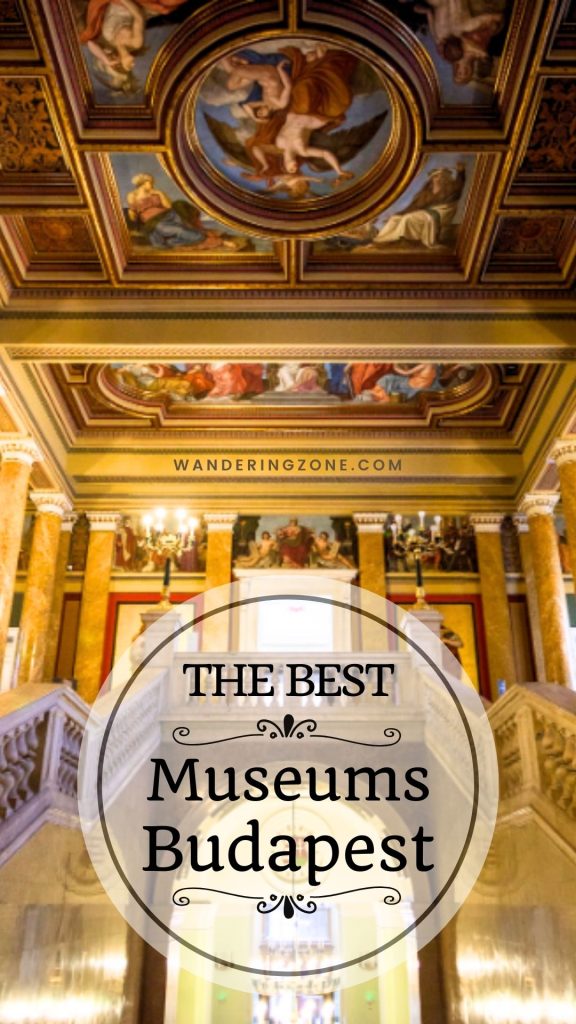

Related Posts
15 Best Things to Do in Targu Mures – Travel Guide to Targu Mures
Today let me tell you about my hometown! Targu Mures boasts many attractions you should…
May 27, 202515 Beautiful Palaces in Hungary – Hungarian Palaces
One of the most prominent proofs of Hungary’s rich history are the castles…
March 14, 2025© 2021 Wandering Zone. All rights reverved - Site run by MIRA Digital
You cannot copy content of this page


